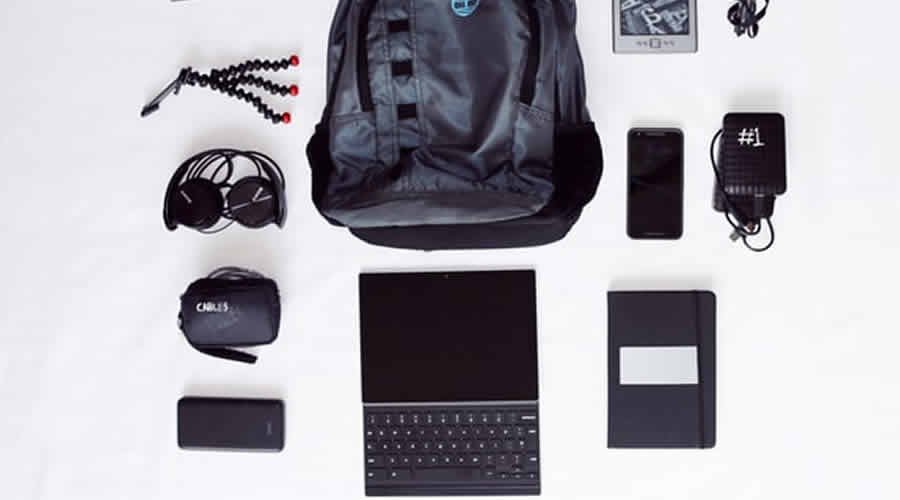As device designs evolve, there are bound to be new hardware to demand from the market every now and then in order to keep up with the ever-present requirements for device connectivity. One example of such is the beginning of the era of USB-C ports. Gone is the heyday of large rectangular Type A USB ports. Enter the golden age of small oblong USB-C connectors to usher in the new age of computing.
Contents
What Exactly Is This USB-C?
Connectors and ports work together to help push the flow of data from one device to another. During the early days of device networking, the more familiar Type A USB ports provided the solution, followed up by newer standards.
But as more demand for data flow increases, it has to be improved. The USB-C port is the result of that improvement and is now on its way to become a powerful tool of the future.
What Makes USB-C Special?
Compared to traditional Type A ports, with which it can be frustrating to try and fail yet again to connect the cable to the port due to its irreversible design, the USB-C sports a symmetrical design, so you can plug it without the familiar annoyance.
If that “flippability” alone doesn’t make it a winner, these ports are supported with advanced computing technologies.
That includes the USB 3.1-second gen standard, which enables the flow of data speed to reach up to 10 gigabytes per second, twice as fast as the previous generations. Paired with Intel’s Thunderbolt 3 data transfer technology, it can push data and boost it to a staggering 40 gigabytes per second.
It comes also equipped with an Alt Mode capability in which you can use the USB-C to provide video output to HDMI, VGA, and other types of connectors.
Charging is definitely taken to a whole new level with the USB Power Delivery (PD) specification that the USB-C also supports. A USB 3.1 can deliver 15 watts of power, but the PD Technology amps that up to an impressive 100 watts.
With this tool in your power, the possibilities are exciting. Don’t let it just go underappreciated. Experiment with its potential using the following tips on how to make the most out of your USB-C ports.
Always Be Ready with Your USB-C Travel Kit
This is especially true if you travel for business and have to make plenty of presentations and instant connections on the go.
But while USB-C has become widely used, you can’t always be sure that you’ll find the right connectors to establish a connection.
A great solution to this, and one that you will really thank yourself for, is to prepare your own armada of USB-C cables. This should include adapters and connectors that can answer any pairing proposition so you don’t have to ruin your presentation with a simple technical lack or glitch.
Aside from your cables, always pack a reliable USB hub that features the most common ports.
Switch to USB-C Flash and Hard Drives
If you want portable large data vessels transferrable on fast speeds, the USB-C flash drives and hard drives are great options.
Flash drives may still be using previous generation tech, but it won’t be long before they catch up with hard drives that can push up to 4 gigabytes per second.
Upgrade Into Powerful Devices
Benefitting from the power of USB-C technology, devices with improved features are beginning to sprout like mushrooms in the market. These devices promise faster data and power delivery, connecting the world faster than ever before.
If you want to keep up, you may want to start investing now.
Final Word
The USB-C era is the future. Get retooled, and harvest the benefits of harnessing the power of USB-C technology.


